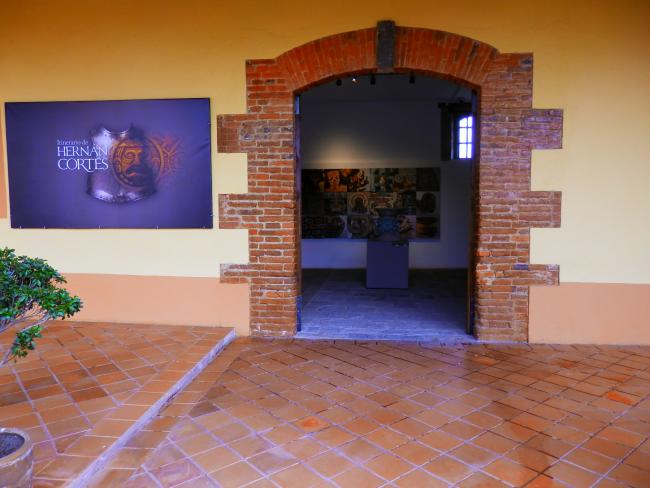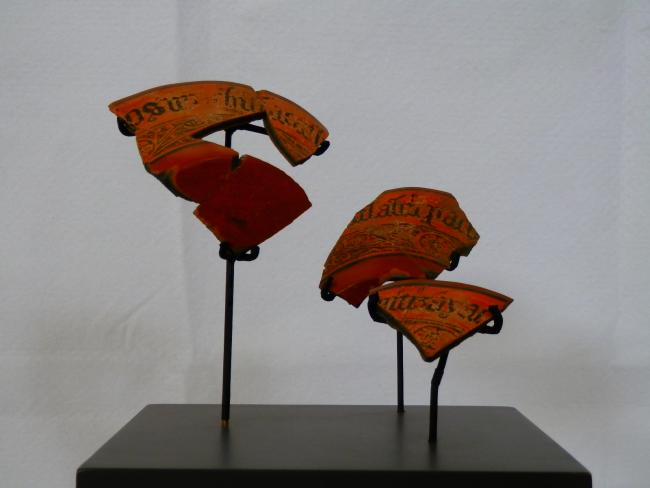
Permanent Exhibition
With a collection of approximately 150 pieces, the exhibition is housed in a single gallery divided into three sections, corresponding to the Classic period (250–650 CE), the Postclassic period (1300–1521), and the time of the conquest (1520–1521).
The Classic period is richly represented in the museum with four display cases showcasing archaeological artifacts that illustrate domestic life, social stratification, priestly adornments through figurines, religious practices, cosmogonic and cosmological beliefs, the pantheon of deities, aspects of political and economic organization, and products involved in trade and exchange—including the routes through which they circulated.
The Postclassic section begins with a stunning, unique polychrome piece known as the "Octecomatl". This area also presents a detailed account of the cultivation, production, consumption, and distribution of "pulque", the most important ritual beverage among Mesoamerican peoples.
In the third section, corresponding to the period of the conquest, the exhibit focuses on the sacrifice of captives from a caravan traveling from Villa Rica de la Vera Cruz, which was transporting sick individuals and property belonging to Hernán Cortés and other Spaniards. Human remains of individuals from different ethnic groups were discovered in the area, showing evidence of post-mortem cultural manipulation. Also on display are metallic and ceramic objects brought by Europeans, along with figurines with non-Mesoamerican features that reflect how Indigenous peoples perceived the newcomers.



